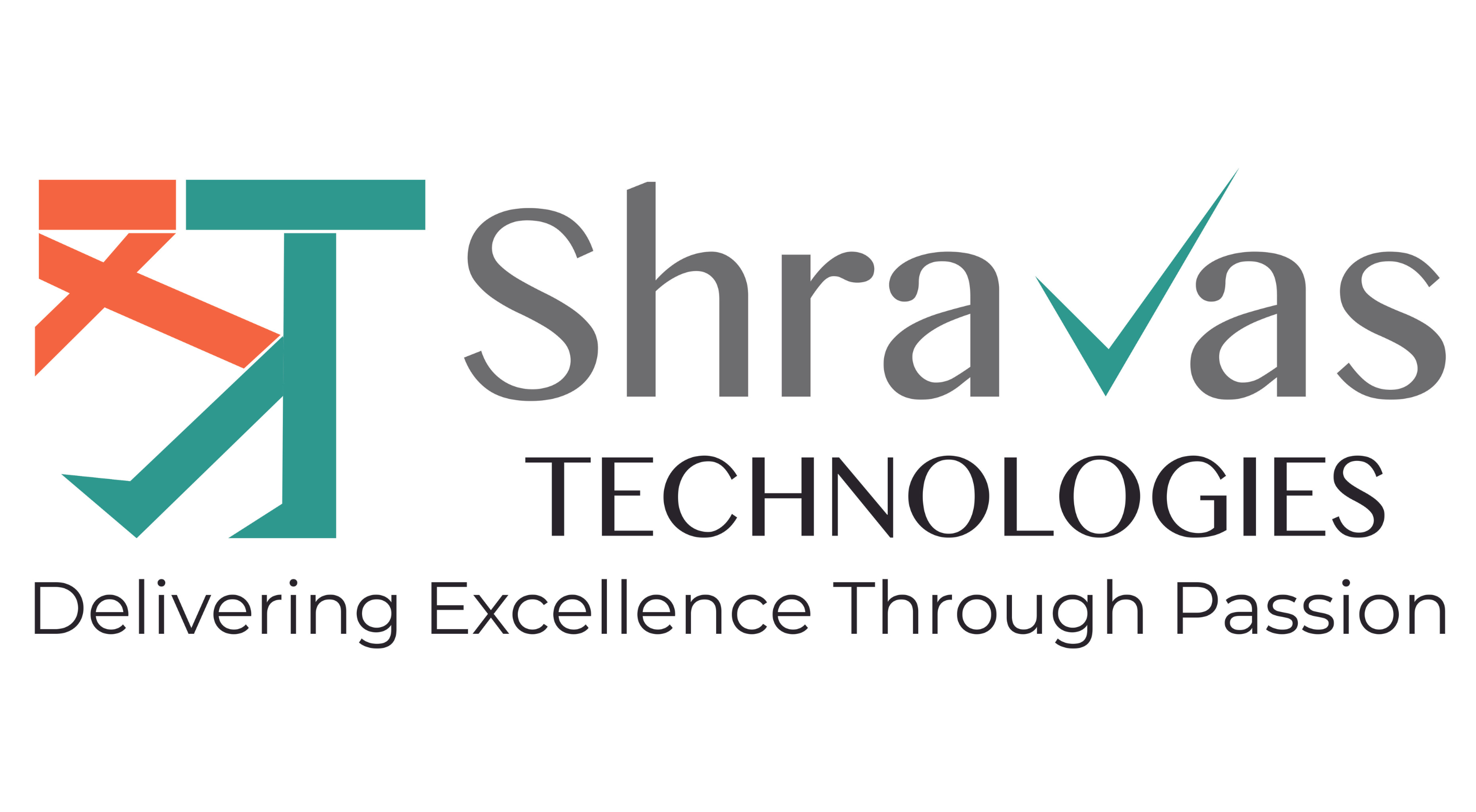Introduction
In June 2025, cybersecurity took a leap forward with the emergence of VulnBot, a cutting-edge multi-agent penetration testing framework powered by large language models (LLMs). VulnBot automates the discovery and exploitation of vulnerabilities across networks, systems, and applications using collaborative AI agents. Designed to improve the speed, scalability, and efficiency of penetration testing, VulnBot marks a turning point in how organizations can approach their security assessments.
What is VulnBot?
VulnBot is an LLM-driven pentesting system that leverages multiple intelligent agents, each specialized in different phases of the penetration testing process. From reconnaissance and scanning to exploitation and reporting, these agents operate autonomously or semi-autonomously, collaborating to simulate sophisticated attack chains. Unlike traditional pentesting tools that require manual oversight, VulnBot offers a highly automated solution capable of adapting its tactics in real time based on the target environment.
Key Features of VulnBot
- Multi-Agent Architecture: VulnBot comprises distinct AI agents tailored for tasks such as port scanning, vulnerability analysis, exploit execution, and lateral movement. This modular design ensures seamless handoffs and coordinated attacks.
- LLM-Powered Reasoning: With natural language capabilities, agents can interpret results, adjust strategies, and even generate human-readable reports on the fly.
- Context-Aware Automation: VulnBot adapts to the environment it’s testing, dynamically modifying its methods depending on system responses, configurations, and defenses.
- Continuous Learning: Agents improve over time through reinforcement learning and integration with real-world threat intelligence feeds.
- Secure Sandboxing: All operations are contained in isolated environments to prevent unintended damage or data leakage.
Advantages Over Traditional Pentesting Tools
- Speed & Scale: VulnBot can simulate hundreds of test cases in parallel, drastically reducing testing time.
- Consistency: Automated workflows ensure standardized procedures and minimize human error.
- Accessibility: Makes pentesting capabilities more available to teams lacking deep cybersecurity expertise.
- 24/7 Operation: Agents can run around the clock, enabling continuous security validation in dynamic environments.
Use Cases
- Enterprise Security Audits: Large organizations can deploy VulnBot to conduct comprehensive internal audits regularly.
- DevSecOps Integration: Integrates into CI/CD pipelines for continuous security checks during software development.
- Compliance Testing: Helps in validating regulatory requirements such as PCI-DSS, HIPAA, and ISO 27001.
- Red Team Exercises: Augments human red teams by automating routine tasks and uncovering low-hanging vulnerabilities.
Challenges and Considerations Despite its capabilities, VulnBot introduces new challenges:
- False Positives: As with all automated systems, there’s a risk of misidentifying threats.
- Ethical Boundaries: Without strict governance, misuse of autonomous agents can lead to legal and ethical issues.
- Over-Reliance on Automation: Teams must avoid the trap of replacing human judgment entirely.
- LLM Hallucinations: In rare cases, language models might fabricate results or misinterpret context.
The Road Ahead
VulnBot’s debut in 2025 sets the stage for a new era of autonomous cybersecurity operations. Future iterations are expected to include cross-agent memory, self-patching capabilities, real-time threat sharing, and zero-day detection. As adversaries become more sophisticated, so must our tools.

